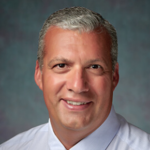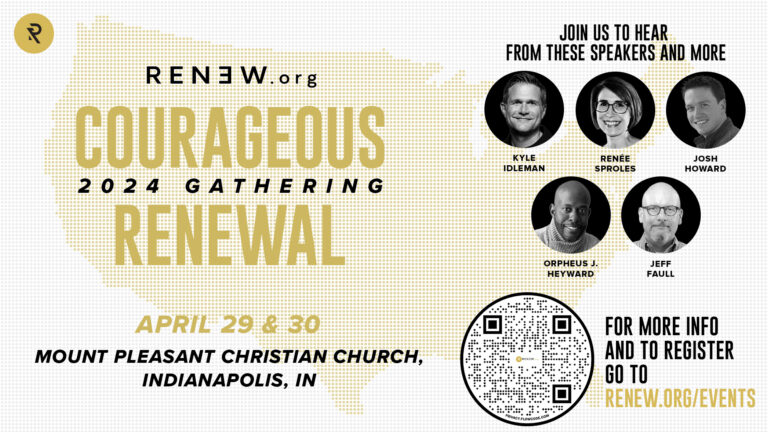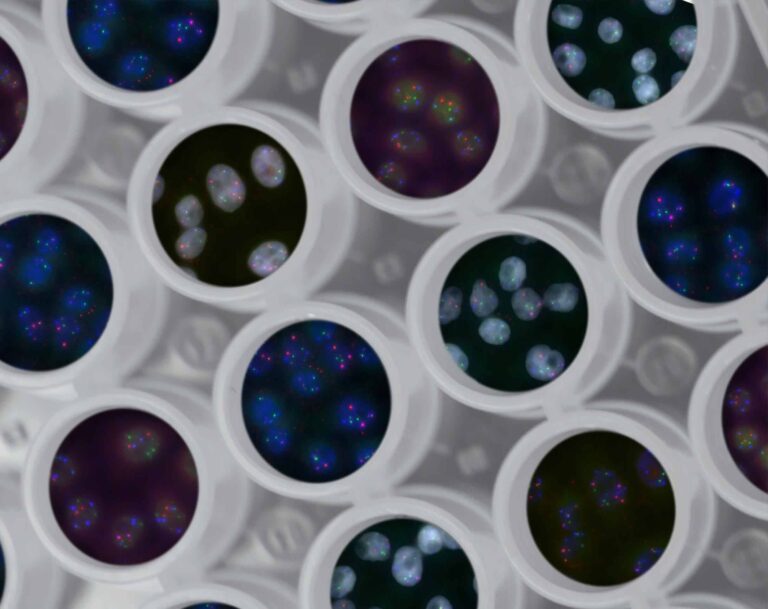*Editor’s Note: Because addiction can disrupt our ability to submit to God and to love ourselves and others well, followers of Jesus do well to understand the subtle causes of addiction. The following is an excerpt from Renew.org resource Untangling Addiction, by Dr. Marcus De Carvalho, M.D.
So, what is addiction? Before we answer that question, consider three spheres of addiction that we use in psychiatry to assess the level of a person’s addiction: the biological, the psychological, and the social.
#1 – Biological Factors
First: what does your DNA say biologically? From a genetic predisposition, are you more likely to develop an addiction when you use something that’s addictive in nature? That’s what we mean by “biological”—what happens in your body on an objectively physical level. We assess this by asking questions like, “What did your parents do in this regard? Did they struggle with alcoholism or drug abuse?”
Also we might ask with regard to biology, “Has a doctor prescribed you medications that are addictive in nature?” Maybe for a pain syndrome or trauma to your legs, for example, a doctor gave you enough refills to get you addicted. Over the course of a month or two, you became completely hooked on pain pills.
#2 – Psychological Factors
To assess the psychological impact on addiction, we in my profession ask questions like, “What happened in your development?
Did you have a horrible childhood? Was there sexual trauma by a family member or a babysitter? Did you have parents in the home? Were you brought up in a foster care system? Were you dealing with depression, anxiety? Was the parenting and the discipline significantly punitive in nature?” We ask these questions to assess the level and nature of one’s addiction.
Over the course of time, personal experience plays a major role in one’s choices.
For example, were they like that child who came across porn, or did they come across alcohol, or perhaps did they get their wisdom teeth taken out and the dentist freely dispensed Percocet and Lortab pills?
A person might have experienced tremendous pains in their life and taken one pill. They don’t have to feel anything anymore. That’s the remarkable thing: the pill, the alcohol, or the pornography completely dampens one’s ability to be emotionally aware so they just don’t feel anything.
One in five adults in the U.S.—43.8 million (18.5 percent)—experiences mental illness in a given year.
They start using these things for relief because what they’re looking for is relief. They are not looking to get high, just looking to feel normal, to function. The majority of patients that I work with don’t come to me because they’re stuck trying to get high.
They actually just want to be normal. They are seeking relief.
The chemicals released in someone’s bodies by taking opioid pills can come in natural ways by normal brain functions, too. Take the act of cutting, for example. Why do teens do it? Well, when someone intentionally cuts their own skin, it releases massive amounts of endogenous opioids, also known as endorphins, which feel like a drug “high.” These natural opioids help us deal with the regular day-to-day pains of life.
When someone cuts their skin on purpose, their system is flooded with so many endogenous opioids that they don’t feel hurts from the past, hurts of an unknown future, or whatever concerns the person might be wanting to mask through cutting. Cutting allows them to be present in the moment.
The information I’m sharing here can help people understand the nature of their problems better. This is important because one in five adults in the U.S.—43.8 million (18.5 percent)—experiences mental illness in a given year.[1] One in five youth age thirteen to eighteen (21.4 percent) experiences a severe mental disorder at some point during their life. For children age eight to fifteen, the estimate is 13 percent.
Suicide is the third leading cause of death for people age ten to fourteen and the second leading cause of death for people age fifteen to twenty-four.[2] More than 90 percent of children who die by suicide have a mental health condition.[3] And only 50.6 percent of children with a mental health condition age eight to fifteen received mental health services in the previous year.[4]
This leaves at least half of the children in the United States with no treatment at all, resorting to some form of self-medication to navigate through the pains and hurts they are dealing with.
#3 – Social Factors
With regard to the social aspect of one’s life in relation to addiction, we psychiatrists ask questions like, “What’s your social network? Do you go to church on Sunday but live however you want during the week? What’s going on in your marriage? Do you carry anxiety in your relationships? Stress? What are your finances like? How are you doing paying your mortgage? How’s your job stability?”
Many stresses like these cause people to seek relief by using drugs, alcohol, pornography, or the like. These “remedies” give people a sense of relief, so they don’t have to feel pain.
Psychiatrists look at these three things with special attention—the biological, psychological, and social factors of one’s life—to assess someone’s addiction level. Those who can identify with struggles in any of these areas are more likely to develop a full-blown addiction. Through my practice, however, I have observed people who have a very strong social network and “thoroughbred DNA”—perfect biological and psychological health—but who still somehow became chronically addicted to something after one encounter with addictive substances or circumstances.
My conclusion is this: addiction does not discriminate. Anybody is susceptible, regardless of class, ethnicity, and background.
Now we can answer the question, “What is ‘addiction’ exactly?” The American Society of Addiction Medicine defines addiction as “a primary, chronic disease of brain reward, motivation, memory and related circuitry. Dysfunction in these circuits leads to characteristic biological, psychological, social and spiritual manifestations. This is reflected in an individual pathologically pursuing reward and/or relief by substance use and other behaviors.”[5]
Let me break this definition down: “A disease of brain reward” refers to reward, motivation, memory, and circuitry. Circuitry in this case has to do with the neuroplasticity of all the nerves in the brain. “Dysfunction in these circuits leads to biological, psychological, and social/spiritual manifestations.”
If these circuits are dysfunctional, “an individual will pathologically pursue reward and or relief ” by ultimately pursuing addictive behaviors.
(Excerpted from Untangling Addiction, which is available for download here.)
[1]. “Any Mental Illness (AMI) Among Adults,” National Institute of Mental Health, accessed October 23, 2015, http://www.nimh.nih.gov/health/statistics/prevalence/any-mental-illness-ami-among-adults.shtml.
[2]. “10 Leading Causes of Death By Age Group, United States, 2015” accessed June 1, 2017, https://www.cdc.gov/injury/images/lc-charts/leading_causes_of_death_age_group_2015_1050w740h.gif.
[3]. “Mental Health: A Report of the Surgeon General,” Rockville, MD: U.S. Department of Health
and Human Services, Substance Abuse and Mental Health Services Administration, accessed January 16, 2015, http://profiles.nlm.nih.gov/ps/access/NNBBJC.pdf.
[4]. “Use of Mental Health Services and Treatment Among Children,” accessed January 16, 2015, http://www.nimh.nih.gov/health/statistics/prevalence/use-ofmental-health-services-and-treatment-among-children.shtml.
[5]. “Definition of Addiction,” American Society of Addiction Medicine, accessed April 12, 2011, https://www.asam.org/resources/definition-of-addiction.











